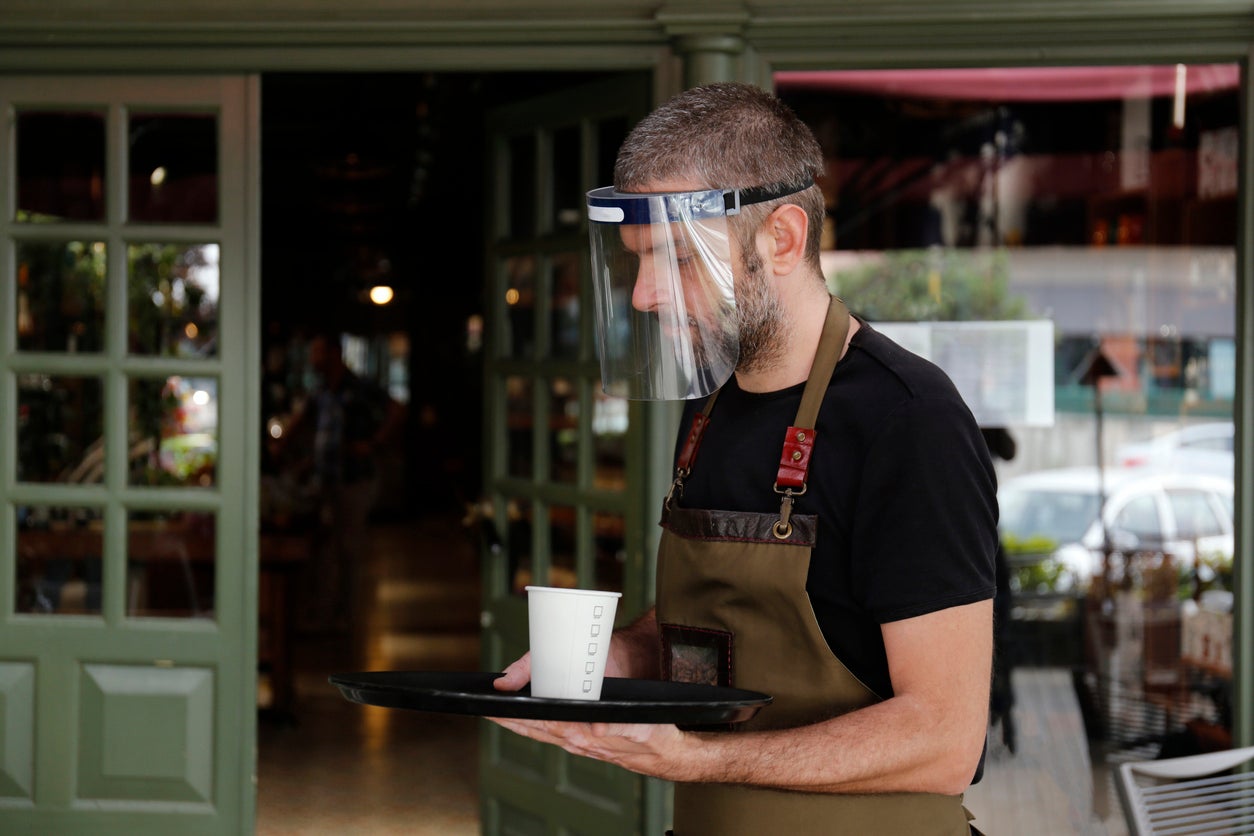It’s shameful in modern Britain that National Living Wage doesn’t actually pay enough to live on
The UK’s lowest-paid workers will get a pay rise, but it’s still not enough


The problem with the government calling the minimum wage the “National Living Wage” is that it is not. It is not set with reference to the actual cost of living to those on it.
The difference between what it pays and what the Real Living Wage – set by the Living Wage Foundation based on the actual cost of living – offers is considerable.
To coincide with the new rates that come into force on 1 April, the Foundation released data showing that a full-time worker on what I will call the government’s “National not quite Living Wage” has lost out on £8,400 compared to a worker on the Real Living Wage over the last five years.
The gap is even wider in London where there’s a higher “real” rate within the M25 to reflect the higher costs faced by workers in the capital. It stands at £21,800.
A welcome development in recent years regarding the National not quite Living Wage is that it has at least been rising rapidly, as part of the government’s stated aim of getting it up to two-thirds of median average income by 2024.
Thanks to Covid-19, however, progress has slowed. The new National not quite Living Wage rate is £8.91. It would have come in at £9.06 had the “on course” target rate of progress been maintained.
Read more:
The Low Pay Commission, which advises the government on the issue, says it will set out “a pathway to the target of two-thirds of median earnings” in the summer. It’s a good bet that the pathway will be more meandering than had previously been the case.
Its “best current estimate” for the on-course rate in 2022 is £9.42, a 5.7 per cent increase, but still short of what the Real Living Wage pays now (£9.50 outside London, £10.85 in the capital).
However, it warned that “this is subject to more uncertainty than usual and is likely to change”.
You can take that as a clear signal that the National not quite Living Wage will once again miss its target when the Commission next updates the rates.
An unfortunate side-effect of Covid is that it has opened up a space for the free-market fundamentalists who have always opposed any kind of minimum wage.
These people screamed blue murder that the, then called, “minimum wage” would “cost jobs” when it was introduced by Tony Blair’s government at the highly cautious rate of £3.60 an hour.
Such arguments have been exposed as bunk in the intervening years, it has been proved that the UK labour market is quite capable of wearing a much higher rate. A government report commissioned by a world-renowned academic said as much back in 2019.
Yet somehow they have managed to linger like aroma from a rendering plant and Covid has made it all the more pungent.
Read more:
The pandemic has introduced a wrench into the economy, squeezing entire sectors and leaving many businesses in a very difficult position, hence the Commission’s caution.
Yet, despite this, the Foundation says it has accredited 1,600 new employers since its start, an increase of about 30 per cent, including manufacturers and, yes, retailers. The campaign now covers more than 250,000 workers.
Why is this happening? For the self-same reasons employers were signing up before the pandemic: The Real Living Wage pays for itself through better quality work, lower rates of absenteeism, reduced staff turnover. In those terms, signing up makes sense even in the midst of an economic crisis.
It shouldn’t be forgotten that there’s a moral dimension to all this too. It is quite shameful in a modern, developed economy that people are still working at jobs that don’t pay enough for them to live on.
The pandemic gives this added urgency: While the comfortably off have saved billions of pounds, which the government and businesses are desperately hoping they’ll prove willing to spend as the country opens up, it has had the opposite effect on the low paid.
As the Resolution Foundation pointed out in its “Low Pay Britain” report last year, they have disproportionately suffered from the economic impact of this crisis. They are more likely to have lost their jobs, or their hours, or their pay. They are also more likely to have been furloughed, which imposes a 20 per cent haircut on their income. PS: the latest increase to the National not quite Living Wage doesn’t apply to those on furlough.
Their bitter real-world struggles don’t seem to register with the opponents of a higher minimum wage, who, in lieu of anything resembling evidence, seem motivated chiefly by narrow-minded ideology but also vanity,
Nonetheless, those with the interest of the low paid at heart had best gird their loins. The pandemic has created an opening for these people. The debate about the need for a real living wage surely ought to be over but there are signs that it is re-emerging at the worst possible time for those at the sharp end.
Join our commenting forum
Join thought-provoking conversations, follow other Independent readers and see their replies
Comments
Bookmark popover
Removed from bookmarks